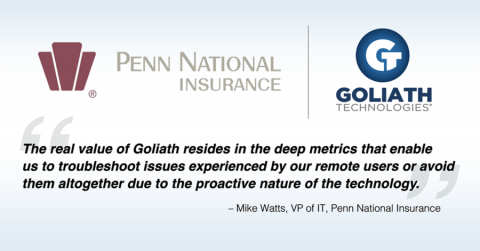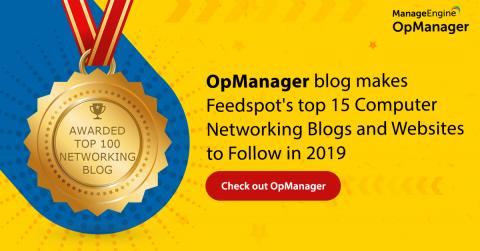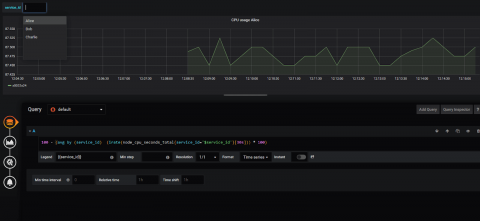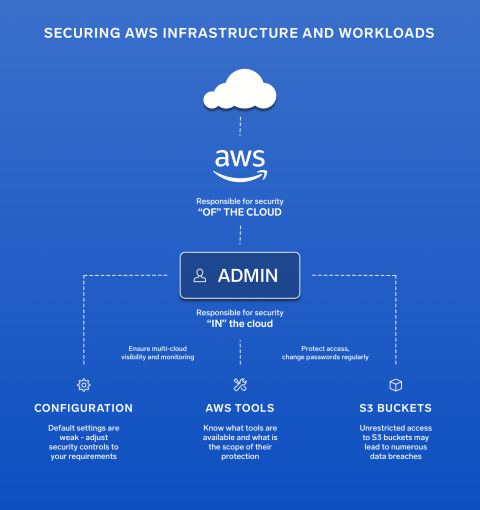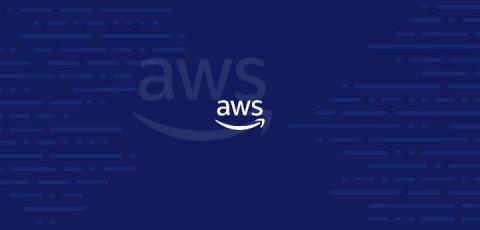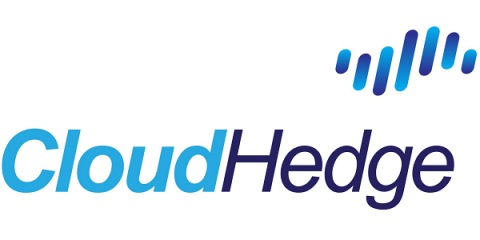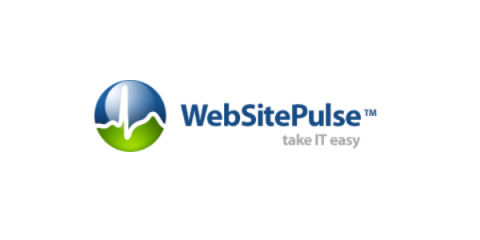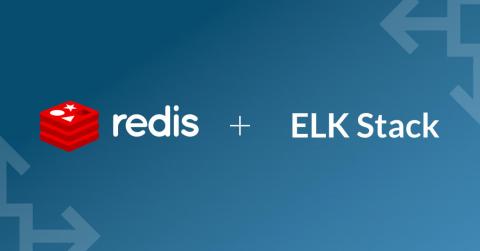Penn National Insurance improves its remote worker end user experience with Goliath
Penn National Insurance needed to adapt to its growing remote workforce and deliver a seamless user experience to increase employee satisfaction, performance and productivity. In response, the IT team rolled out its virtual workspace initiative, proving to be one of its most challenging IT projects.


